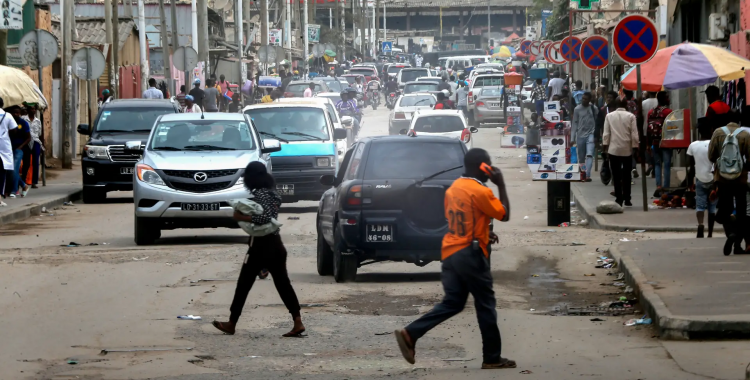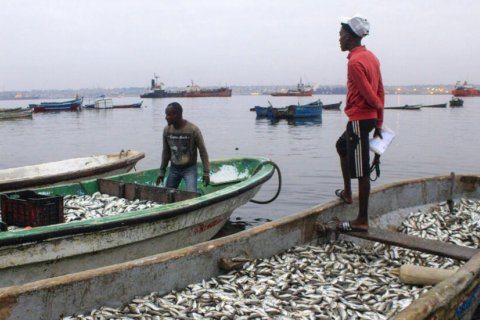The maintenance of Angola's rating "is proof of the government's efforts to stabilise oil production, control public spending and reduce the country's dependence on Chinese oil-backed loans", write analysts from the consultancy Oxford Economics in a comment on the maintenance of Angola's rating at B-.
"Despite the recent drop in oil prices, which contributed to a renewed devaluation of the currency and weak economic diversification, the rating agencies have not worsened their opinion on Angola's sovereign credit quality", the analysts add.
However, they point out, the fact that they have not improved the level shows the great extent of the economic challenges facing the second largest oil producer in sub-Saharan Africa.
"The high external financing needs and the continued vulnerability of oil prices and exchange rate shocks prevent Angola from improving its rating", they conclude.
Earlier this week, the financial rating agency Standard & Poor's (S&P) maintained Angola's rating at B-, with a stable outlook, highlighting that despite the debt falling this year, the country is highly dependent on the exchange rate and oil.
"Angola's ability to service its commercial debt obligations is constrained by high fiscal and external vulnerabilities," reads the note accompanying the decision to maintain the rating at B-, which points out that although debt service will be lower this year, "the government's credibility will remain susceptible to adverse movements in the exchange rate and the dynamics of the oil sector until there is significant diversification" of the economy.
S&P acknowledges that the recent revision of the Gross Domestic Product (GDP) shows an economy worth 13 percent more than before, but highlights that "economic growth, mainly on a 'per capita' basis, remains low due to successive shocks and higher inflation."
In the updated macroeconomic scenario for the second largest oil producer in sub-Saharan Africa, S&P now anticipates growth of 3 percent this year, accelerating from 0.9 percent last year, and above the 2 percent forecast for 2025 and the 1.6 percent estimated for the following two years.
The public debt-to-GDP ratio, in turn, is expected to improve from 70.6 percent in 2023 to 61.3 percent this year, continuing to fall to 57 percent in 2027.







